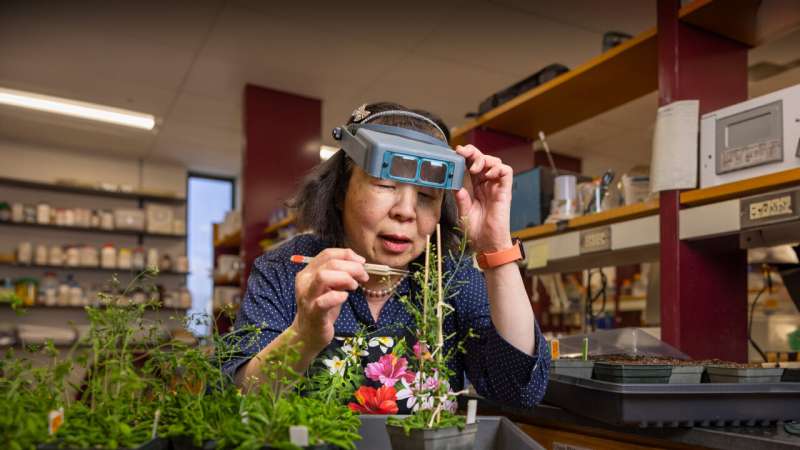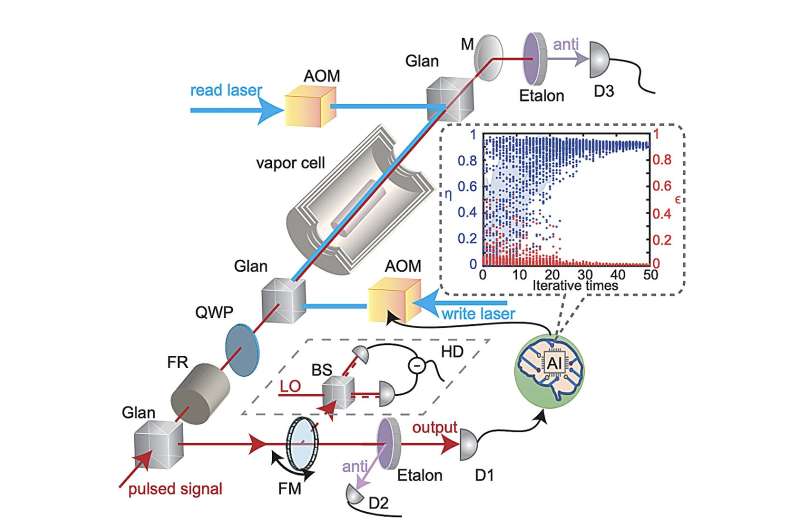Scientists have made significant strides in the detection of elusive subatomic particles known as neutrinos at the recently inaugurated Jiangmen Underground Neutrino Observatory (JUNO) in Kaiping, China. This groundbreaking facility, a spherical detector weighing 20,000 tonnes, has been operational for just over two months and is already yielding remarkable results in neutrino research.
Neutrinos, often referred to as “ghost particles,” are nearly massless and carry an extremely small electrical charge. Despite their abundance, with trillions passing through the human body each second, their detection has proven challenging due to their low-energy characteristics. The construction of JUNO, which took a decade and cost over $350 million, aims to unravel the complexities of neutrino mass ordering.
Early Achievements in Neutrino Research
Since coming online, JUNO has recorded neutrino oscillation parameters with greater precision than all previous experiments combined. This initial success was highlighted in a press release by researchers from the University of Mainz, who are collaborating with the observatory. A significant challenge in neutrino studies has been the “solar neutrino tension,” a phenomenon where initial observations from the Sun indicated a lower emission of neutrinos than expected.
JUNO’s early findings have addressed this dilemma. The facility has demonstrated “excellent stability” and is positioned to make groundbreaking contributions to the field of physics. Its ability to measure the transformation of neutrinos—known as oscillation—has been particularly impressive. This capability confirms that neutrinos can change forms as they travel, which was not fully understood in earlier research.
Yifang Wang, JUNO’s project manager and spokesperson, emphasized the significance of these findings, stating, “Achieving such precision within only two months of operation shows that JUNO is performing exactly as designed.” He expressed optimism that the observatory will soon determine the neutrino mass ordering, further test the three-flavor oscillation framework, and explore new physics beyond current understanding.
A Collaborative International Effort
JUNO represents a massive international collaboration, involving over 700 researchers from 17 countries, including Italy, France, Germany, Russia, and the United States. This global effort underscores the broad interest in neutrino research and the potential implications for understanding the fundamental nature of matter in the universe.
The insights gained from JUNO are expected to pave the way for future advancements in particle physics, challenging existing theories and possibly leading to new discoveries that could reshape our understanding of the universe. As the observatory continues its work, the scientific community eagerly anticipates further breakthroughs that could arise from this remarkable facility.







